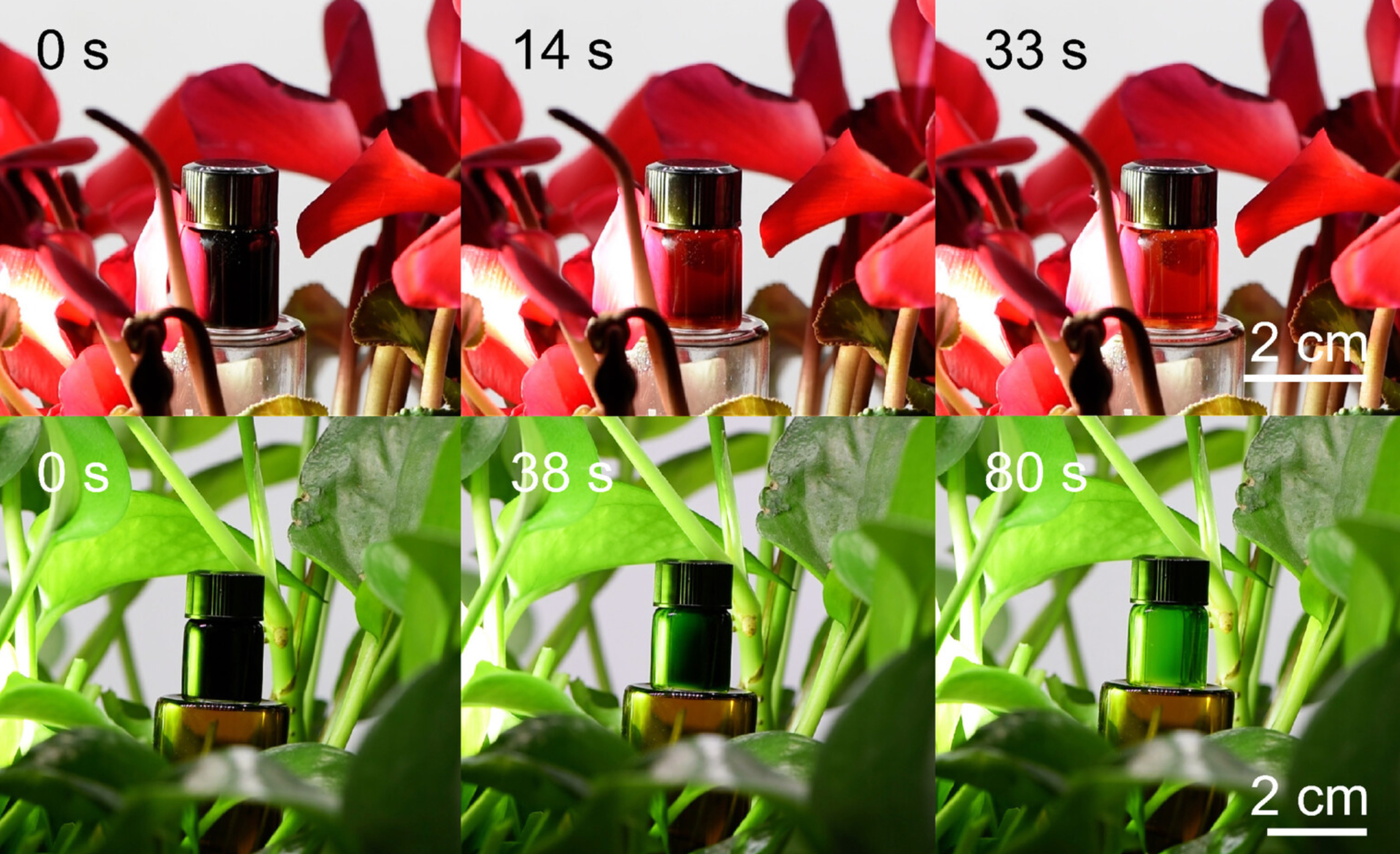Scientists claim breakthrough camouflage material can turn people ‘invisible’
New material may enable simpler and less expensive camouflaging technology, researchers say
Your support helps us to tell the story
From reproductive rights to climate change to Big Tech, The Independent is on the ground when the story is developing. Whether it's investigating the financials of Elon Musk's pro-Trump PAC or producing our latest documentary, 'The A Word', which shines a light on the American women fighting for reproductive rights, we know how important it is to parse out the facts from the messaging.
At such a critical moment in US history, we need reporters on the ground. Your donation allows us to keep sending journalists to speak to both sides of the story.
The Independent is trusted by Americans across the entire political spectrum. And unlike many other quality news outlets, we choose not to lock Americans out of our reporting and analysis with paywalls. We believe quality journalism should be available to everyone, paid for by those who can afford it.
Your support makes all the difference.Scientists in China have created a new camouflaging material that changes colour in response to its surroundings, an advance they say may help develop clothing to make one “effectively invisible”.
Many animals possess an active camouflaging skill to alter their appearance and blend into their surroundings.
Manmade systems built to imitate this process have been complex, requiring multiple steps to recognise the surroundings, process its features, and stimulate and change appearance accordingly.
Such camouflage systems “heavily rely on integrating electronic devices which encounters problems including a complex structure, poor usability and high cost”, the scientists say in a study published last month in Science Advances.

In the study, the researchers describe a new type of material that follows a special process called Self-Adaptive Photochromism, or SAP, to achieve the ability to blend in with its surroundings, similar to a chameleon or an octopus.
When these SAP materials are exposed to specific wavelengths of light, their molecules rearrange themselves, causing the material to change colour.
The SAP materials are made from organic dyes and molecules called donor-acceptor Stenhouse adducts, which change their structures and chemical properties on exposure to light.
“The SAP materials are in the primary black state under dark and spontaneously switch to another colour upon triggering by transmitted and reflected light in the background,” the researchers explain.

Compared to previous human-made camouflaging systems developed in the past, the new SAP materials are simpler, cheaper and more user-friendly, the scientists say.
“In the current work, we report active camouflage as an intrinsic function of materials by proposing self-adaptive photochromism,” they write.

The researchers conducted two tests to assess these materials.
In one test, a transparent container with SAP solution was placed in acrylic boxes of different colours, including red, green, yellow, and black.
The scientists found that the SAP solution changed colour to match that of the surrounding acrylic box.
In the other test, they placed an SAP solution-filled container in environments with red, green, or yellow colours in the background.
They found that the SAP solution changed colour to blend with the surroundings in just about a minute.
SAP materials, according to the researchers, show great potential to be used in “camouflage systems, smart coatings, display devices”, and even “anticounterfeiting technology”.
“In essence, applying this technology to clothing could make an individual effectively ‘invisible,’” study lead researcher Wang Dongsheng told China Science Daily.
In further studies, scientists hope to expand the colour range of SAP materials to include purple and blue, which aren’t achievable with the current version.
“By adding more photochromic molecules or adjusting its composition, we aim to achieve finer distinctions in colour and faster changing speed,” Dr Wang said.

Join our commenting forum
Join thought-provoking conversations, follow other Independent readers and see their replies
Comments